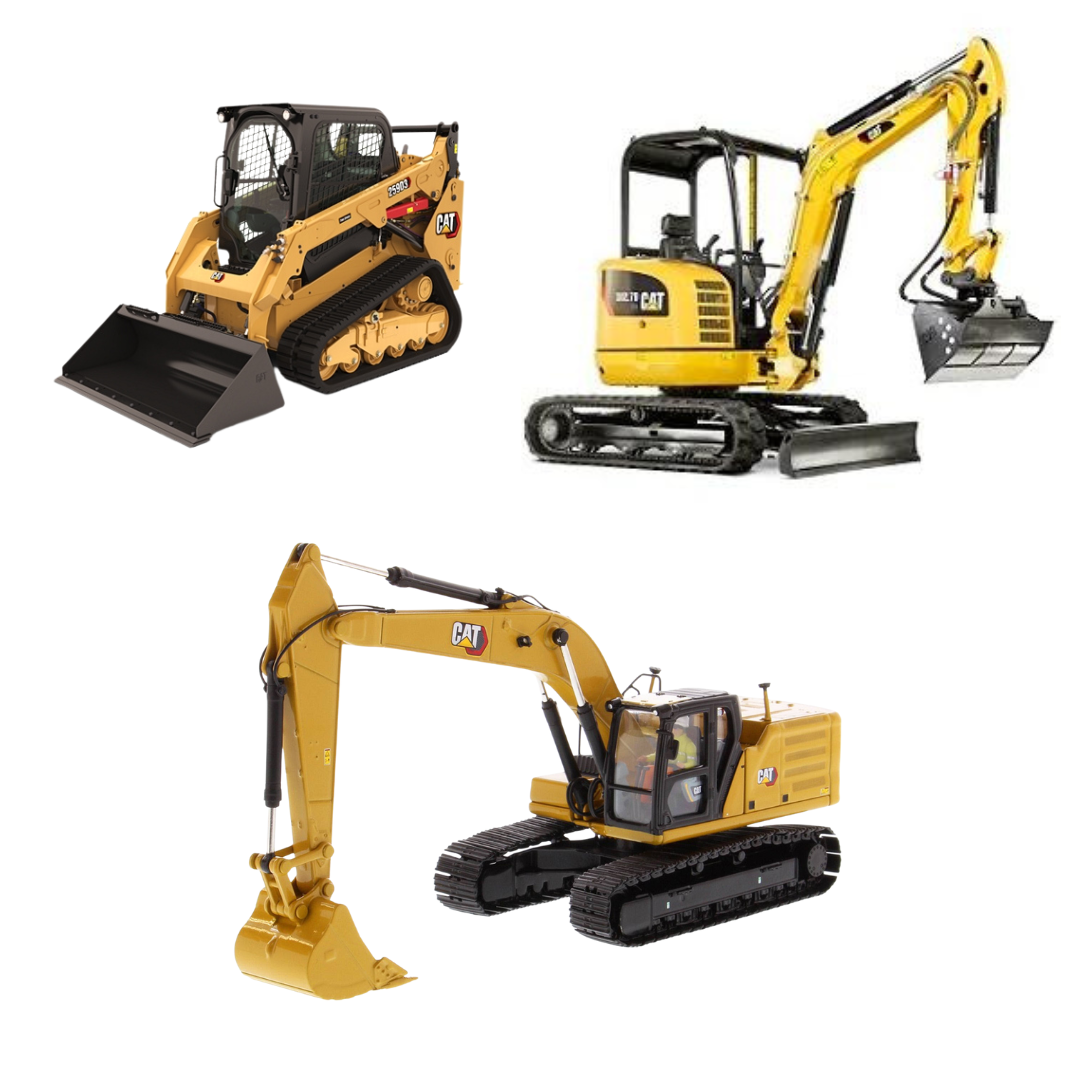Aerial Lift Rental: Versatile Lifting Solutions for High-Access Jobs
Aerial Lift Rental: Versatile Lifting Solutions for High-Access Jobs
Blog Article
Optimize Your Spending Plan by Recognizing the Expenses Connected With Building Tools Rentals
Comprehending the complete scope of expenses linked with construction devices services is crucial for maximizing your spending plan. What strategies can be employed to successfully take care of these prices and ensure a much more effective rental experience?
Introduction of Rental Costs
When considering building tools rentals, comprehending the linked prices is extremely important for reliable budgeting and task planning. Rental prices can vary dramatically based on numerous elements, consisting of equipment kind, period of leasing, and area. The initial rental charge frequently shows the tools's market demand and its linked operational abilities, affecting the overall cost.
In enhancement to the base rental rate, supplementary prices may occur, such as transport fees, gas surcharges, and maintenance fees. It is essential to represent these added expenses to accurately examine the total cost of renting devices. The rental period can affect prices; longer leasings might certify for affordable prices, while temporary rentals might incur higher daily fees.

Malfunction of Rental Rates
An extensive understanding of rental rates is important for professionals and project supervisors intending to enhance their budget plans. Rental rates for construction tools commonly are composed of a number of elements, including base prices, time-based fees, and usage fees.
Base prices are the core fees related to the rental of the tools, usually figured out by the type and size of the equipment. These prices can vary dramatically, influenced by factors such as tools need, availability, and local market patterns. Time-based charges, which might be daily, weekly, or monthly, serve to suit different project timelines and rental periods.
Additionally, rental prices may consist of usage fees, which are relevant when equipment is utilized past a specified limit, ensuring that the rental firm can account for damage. Seasonal demand variations can likewise influence rental rates, with peak building and construction seasons typically regulating greater costs.
In addition, comprehending the rental firm's policies relating to maintenance and insurance policy can provide additional understanding into the general cost structure. By assessing these components, contractors can make enlightened choices, guaranteeing the option of rental devices straightens with both project needs and budget restrictions.
Added Costs to Consider
Comprehending the ins and outs of extra costs is critical for contractors to manage their overall rental costs efficiently. Beyond the common rental prices, different auxiliary costs can dramatically influence the complete price of tools rental. These fees frequently include delivery and pick-up costs, which can differ find more info based upon distance and logistics involved in transferring the equipment to and from the job website.
In addition, some rental firms might impose fuel additional charges if the devices is returned with less gas than when rented out. It is likewise important to know potential cleansing costs, especially for specialized equipment that calls for complete maintenance after use.

Completely reviewing the rental arrangement and clearing up these additional charges upfront can aid specialists avoid unanticipated expenses and make sure that budgets continue to be undamaged throughout the task lifecycle.
Upkeep and Repair Expenditures
Regular repair and maintenance expenditures are commonly overlooked aspects that can significantly affect the overall expense of building and construction devices services. When renting devices, it is crucial to think about not just the rental fees however additionally the potential expenses connected with keeping the machinery in optimum operating condition.
Numerous rental firms consist of basic maintenance as component of the rental arrangement; however, a lot more unanticipated break downs or substantial fixings can lead to additional expenses. It's important to evaluate the rental agreement meticulously to recognize what maintenance services are covered and what responsibilities fall on the tenant.
Moreover, devices that is not properly maintained can lead to inefficiencies at work site, potentially boosting and creating hold-ups job expenses. To alleviate these dangers, it is a good idea to carry out routine assessments and preserve open communication with the rental company relating to any type of issues that occur during usage.
Insurance Policy and Responsibility Expenses
Insurance coverage and obligation costs are crucial components that can significantly influence the general cost of construction equipment services (dozer rental). These costs ensure that both the his explanation rental firm and the customer are secured from prospective economic losses developing from mishaps, damages, or theft throughout the rental period

Furthermore, customers need to know any type of deductibles or exclusions in the insurance coverage, as these can influence possible out-of-pocket costs. Understanding the conditions of any type of insurance policy protection is essential to stay clear of unexpected expenses. Ultimately, budgeting for insurance and responsibility expenditures can help make sure a smoother rental experience and secure against financial threats linked with building tasks.
Verdict
In final thought, an extensive understanding of the prices connected with building tools services is crucial for effective budget plan monitoring. By assessing rental rates, additional charges, upkeep expenditures, and insurance demands, people and organizations can decrease unforeseen expenses. This strategic method not see page only enhances cost-effectiveness however likewise makes sure that tasks progress smoothly and efficiently. Inevitably, educated decision-making relating to tools rentals adds to the total success of construction endeavors.
Rental costs can differ dramatically based on several variables, consisting of equipment type, period of leasing, and place (forklift rental). The rental duration can impact prices; longer rentals might certify for reduced rates, while short-term services may incur higher daily costs
By carrying out extensive study and involving with credible rental firms, professionals can efficiently navigate the complexities of rental prices, ultimately maximizing their economic sources.
Past the basic rental rates, different extra costs can significantly influence the overall cost of tools rental. Rental companies frequently offer liability insurance policy that covers injuries to third celebrations or damage to property, while equipment damage insurance coverage can cover the price of repair services or replacement if the leased equipment is damaged.
Report this page